

FastStone Capture is screen capture program that I've been using for 15 years. It only costs #20 for a lifetime license and I highly recommend it. Like dozens of other screen capture programs, it originally just captured the pixels on the screen but what made it so useful is it did it totally automatically at the touch of a key. If captures windows, objects, rectangular or freehand areas, and will even scroll a webpage and capture it as it scrolls. It gives you a dozen options of what to do with it after capture. I normally just automatically save it to a file (whose name I specify with a template) in a folder I specify. However, a great feature is you can also save to the draw board where you can do a quick annotation before sending to a friend, or whatever. This draw board is the same tool found in FastStone MaxView and Image Viewer.
For over 10 years FS Capture has also been able to capture video appearing on the screen. This means you can capture streaming video you can't save any other way. I also use this feature to capture something I'm doing on the screen that I want to share with others. With the video it can also capture what you hear on the speakers and/or what you say into a microphone. It can also optionally highlight the mouse location and even capture the click of the mouse.
After installing FS Capture I almost always make these setting changes, to make Capture behave the way I like. You can get to settings with the F12 shortcut key, or by clicking on the right-most icon and choosing Settings:

These are the settings I use:
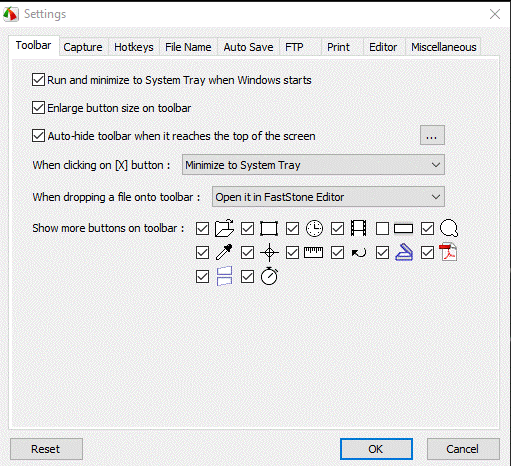
You'll notice there are nine tabs at the top of Settings, I also recommend making change on the File Name an Auto Save tab if you use Capture for standard screen captures in addition to capturing video.
On the File Name tab, you can either just type in the template (Capture remembers the last one) or you can click on the 3 dots to the right of the template and define multiple templates that you can switch between using the pull-down:
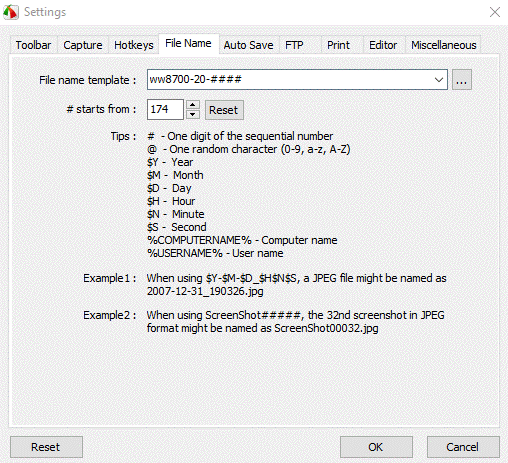
My template starts with the name of my computer, then 20 for the year, and then a 3 or 4 digit number which advances automatically.
On the Auto Save tab you specify the file format you want to use when saving the capture. I use GIF when capturing mostly text, menus, etc. because the image is sharper. For anything else I use JPG.
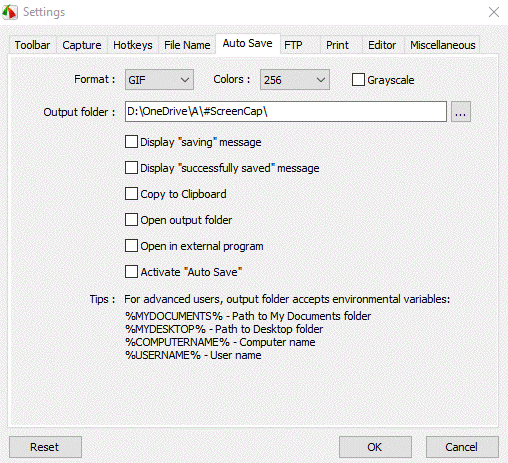
On the next line you specify the folder where you want to save the images when using the Auto-Save to File feature.
For something so easy, I would normally make a one or two minute video showing how to do it ... but I use FS Capture to make the videos and I can't show you how to use it while it's already capturing video.
To start the process, click the icon on the Capture ribbon that looks like a filmstrip. This doesn't really start it, it just brings up this menu:
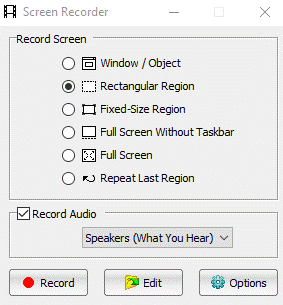
Use the radio buttons to specify what you want to capture, in my case usually a rectangular region or the full-screen. Use the check box if you want to record audio ... the pull-down lets you choose between Speakers, Microphone, or Both. And then you'll usually want to click on Options to verify other settings. Since it remembers all your choices, you don't have to keep doing this every time. When you click on Options, you get a menu with 5 more tabs:
If you're capturing streaming video, you probably want a frame rate of 30. Using a frame rate of 10 is fine for capturing my voice and how to do something on the computer. The is also where you say if you want to capture the mouse pointer:
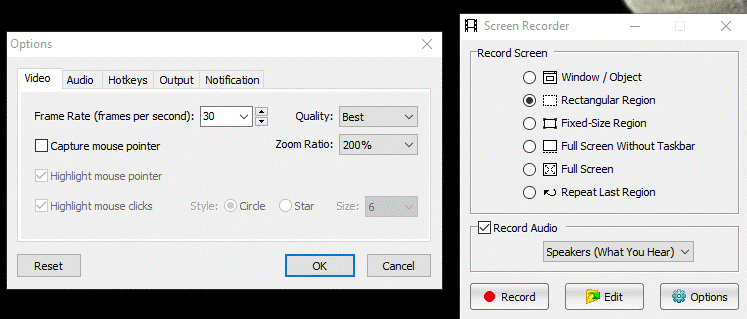
The Audio tab gives you more control over the audio that's captured;
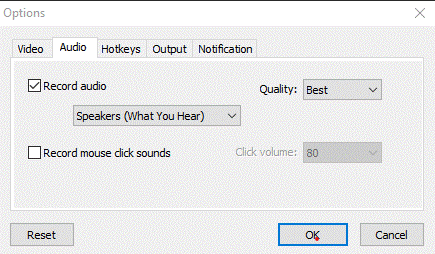
The Hotkeys tab defines two hotkeys you NEED to remember. Most importantly is Ctrl+F10 which you will need to use once the recording start in order to stop it:

On the Output tab you'll find the template used as the default name given to the video when you save it. You also noticed that I unchecked the box which causes it to start playing over again as soon as you save it:
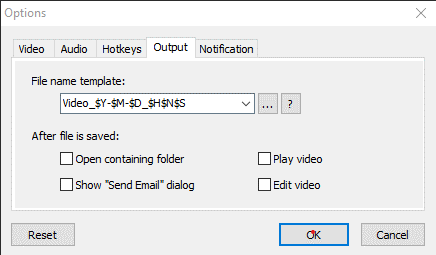
And on the last tab there's an option to play a notification sound when recording is paused.
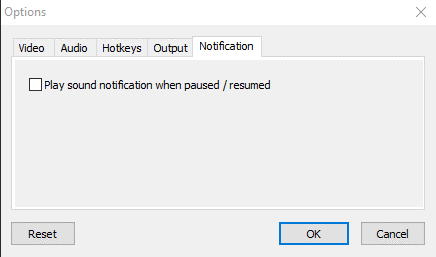
Once you've set all the options, go back to the window you want to record. Usually you'll want to change the playback so it's full-screen so you're recording maximum quality. Once you're ready to go, click on the red Record button:

It won't really start recording yet, after a few seconds it will summarize your options and you'll set a Start button which is what finally starts the recording. Don't forget, you'll need to use Cntl+F10 to stop it and there will be nothing on the screen to remind you.
Suggested next choices:
ImagingTips.com Site Map
[an error occurred while processing this directive]